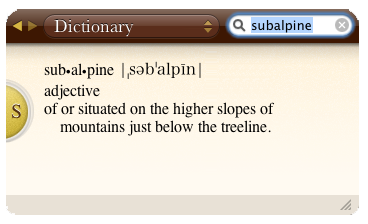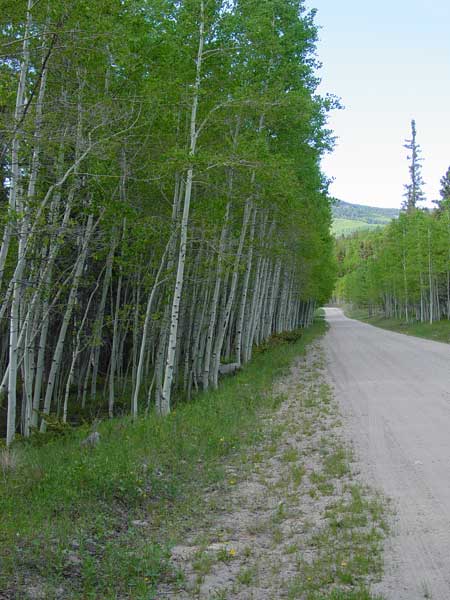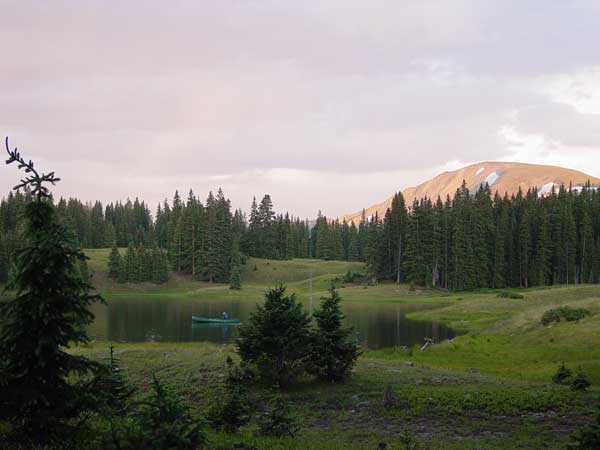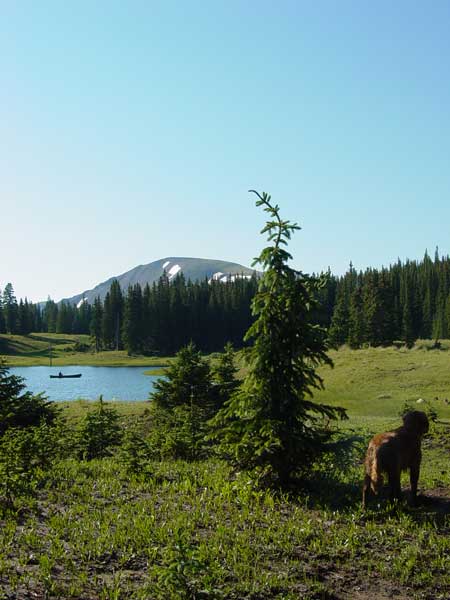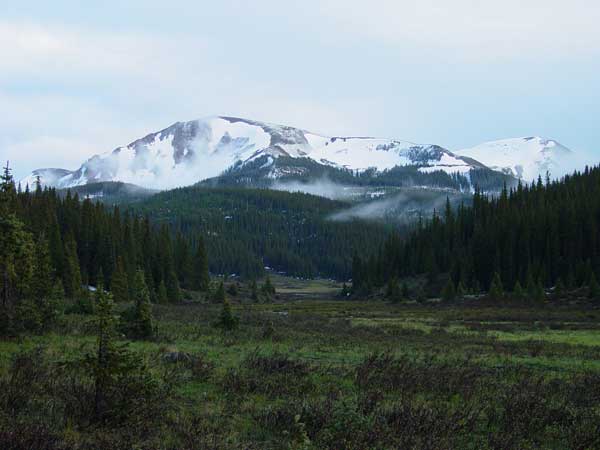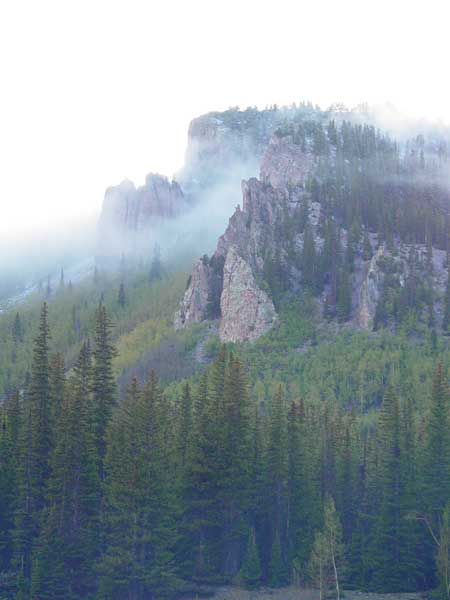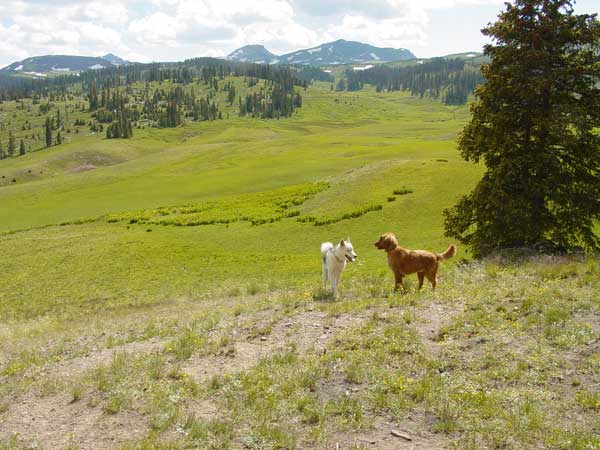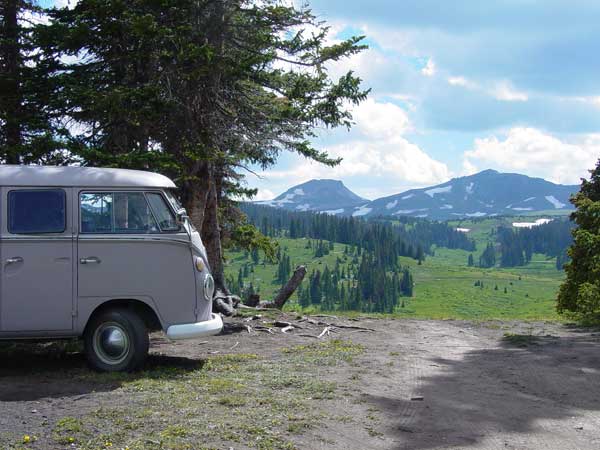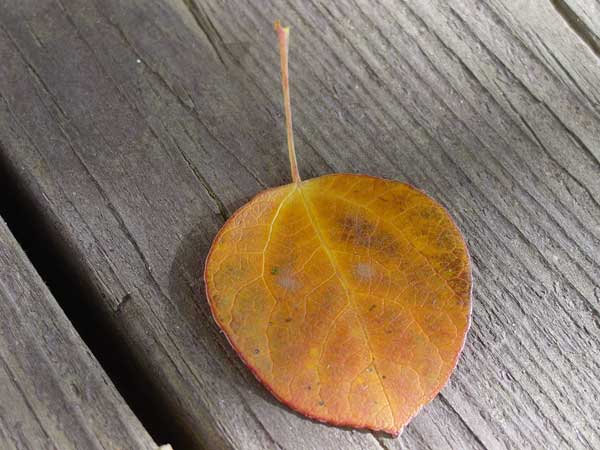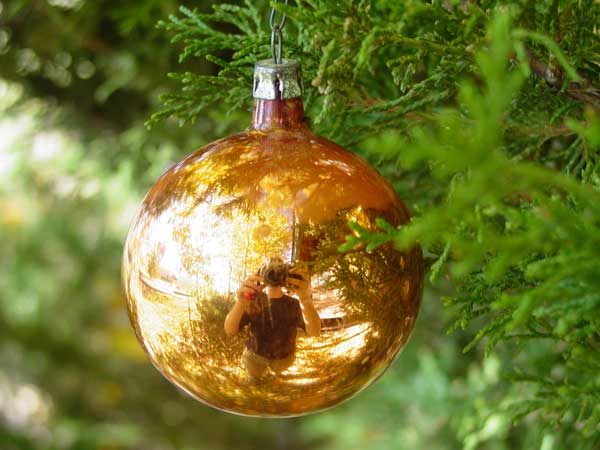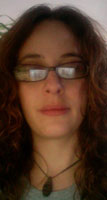 Find The Designer on LinkedIn.
Find The Designer on LinkedIn.
The short version of how I became a Graphic Designer and the words that best summarize my credentials are ‘experience’ and ‘on-the-job-training.’ The longer story begins when I met my future husband and business partner our senior year of high school.
He followed me to Knox College in Galesburg, Illinois where we quickly realized we missed the Ozarks and Ouachita mountains that we’d grown up with in Arkansas. As aspiring biology majors, we decided to move back to Little Rock and enroll at UALR where we studied for about a year-and-a-half. A full course load plus working full time to pay for tuition was not a viable option.
I then attended Metropolitan Career Technical Center. Vocational courses were offered as part of the public school system to high school students, but adult students could pay tuition and attend the classes. After a few weeks in the Graphic Design course, my professor offered to find a job for me at a local print shop. I declined his offer as I’d recently married my high school sweetheart, and we had our hearts set on a move to Colorado.
Our love affair with the west begun, we looked for a new home. Friends suggested we visit Durango and Salida. We took a vacation and stayed in Pagosa Springs on our way to Durango. Like many who live here, we never made it to Durango and we barely made it back home. Soon after returning home, there was an ad in the Pagosa Sun for a business called Sportsrug.com. I applied as a graphic designer, was granted a phone interview and hired! The job was waiting for me when we sold our home in Little Rock.
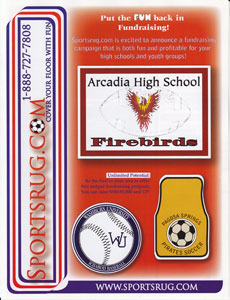 After moving to Pagosa in July 2001, I quickly realized I would not be able to complete the tasks ahead of me alone. Sportsrug.com also needed manpower for production, accounting, shipping/receiving, etc. The company created designs (mostly collegiate) and printed them using sublimation ink and a heat transfer process. They were then shipped to schools and sporting good stores all over the country. My husband was still looking for work when we approached the owner to see if he would hire him as well. Together we operated the company for about nine months. During that time, I almost exclusively used Adobe Illustrator on a Windows platform. I learned a lot about creating vector graphics and printing–not to mention business in general. Trying to hit specific collegiate colors (like Florida Gator Orange) on a four color printer required a lot of research and the investment in a new printer. In 2002, the owner decided to turn his full attention to the rug company and would like to have his family run it. We were given a month with pay to find new work.
After moving to Pagosa in July 2001, I quickly realized I would not be able to complete the tasks ahead of me alone. Sportsrug.com also needed manpower for production, accounting, shipping/receiving, etc. The company created designs (mostly collegiate) and printed them using sublimation ink and a heat transfer process. They were then shipped to schools and sporting good stores all over the country. My husband was still looking for work when we approached the owner to see if he would hire him as well. Together we operated the company for about nine months. During that time, I almost exclusively used Adobe Illustrator on a Windows platform. I learned a lot about creating vector graphics and printing–not to mention business in general. Trying to hit specific collegiate colors (like Florida Gator Orange) on a four color printer required a lot of research and the investment in a new printer. In 2002, the owner decided to turn his full attention to the rug company and would like to have his family run it. We were given a month with pay to find new work.
Within a few weeks, I was hired at a print-shop in Durango but would not start work for another two weeks. My husband interviewed with Parelli Natural Horsemanship for a web designer position and during his interview learned they were also looking for a graphic designer. I interviewed with the Art Director who commented that while my work at the time was not extremely creative, it was very clean and technical. I was offered the job, declined the position in Durango and began working for Parelli in February 2002.
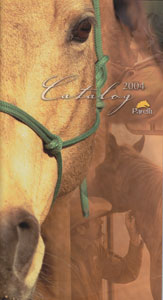 I worked for Parelli for five years and was exposed to nearly every medium: newspaper & magazine advertising (nationally & internationally), catalogs, mailers, emails, web design, packaging, logo design, calendars, banners, etc. We had the newest software and the best Mac’s available. I believe my creativity and artistic skills also expanded with the vast amount of projects. By the time I left the company in 2007, I was the Senior Graphic Designer responsible for representing the Graphics Department (2-3 additional Designers) in the management team which included brainstorming and implementation of marketing strategies and corporate policies. As a project manager, I was also a liaison between the designers and printing vendors. Our team won the 2005 Western English Trade Association’s Bronze AIM Award for a National advertisement that we nicknamed the ‘sticky note ad.’ To learn more about my design work at Parelli, read the next post ‘Evolution of a Designer.’
I worked for Parelli for five years and was exposed to nearly every medium: newspaper & magazine advertising (nationally & internationally), catalogs, mailers, emails, web design, packaging, logo design, calendars, banners, etc. We had the newest software and the best Mac’s available. I believe my creativity and artistic skills also expanded with the vast amount of projects. By the time I left the company in 2007, I was the Senior Graphic Designer responsible for representing the Graphics Department (2-3 additional Designers) in the management team which included brainstorming and implementation of marketing strategies and corporate policies. As a project manager, I was also a liaison between the designers and printing vendors. Our team won the 2005 Western English Trade Association’s Bronze AIM Award for a National advertisement that we nicknamed the ‘sticky note ad.’ To learn more about my design work at Parelli, read the next post ‘Evolution of a Designer.’
My husband had also advanced to management of the IT Department at Parelli. In 2007, we were overwhelmed by our careers and decided to leave to focus on our relationship.
We had formed Subalpine Design, LLC in 2003. While working for Parelli, various people had approached me and asked for help with their graphics. In 2005, the Southwest Land Alliance asked me to re-design their ‘corporate identity,’ one of Subalpine’s first large jobs. You can see examples from this project and more of my best work in the portfolio section of this website. As I expand this ‘About’ blog, I’ll also showcase some of my works that aren’t quite portfolio-worthy, but developed my skills as a designer.
Today, I continue to expand my knowledge especially in the area of web design. I am also persistent in my quest to find another niche with a reputable company, but until then I enjoy growing Subalpine Design’s portfolio with various businesses and entrepreneurs that cross my path and share our philosophy.

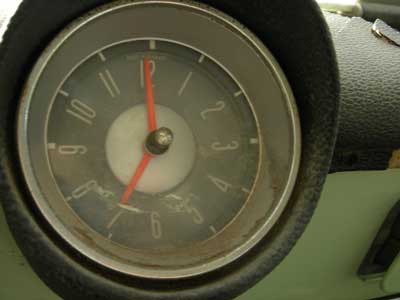
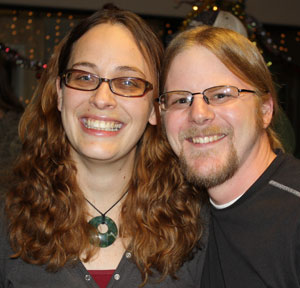
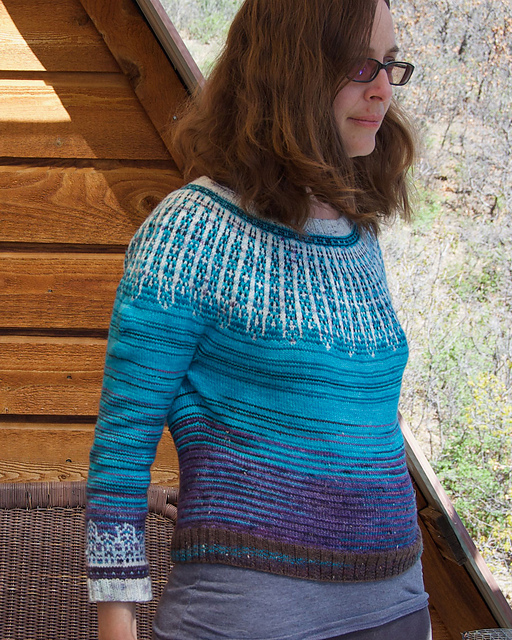

 After moving to Pagosa in July 2001, I quickly realized I would not be able to complete the tasks ahead of me alone. Sportsrug.com also needed manpower for production, accounting, shipping/receiving, etc. The company created designs (mostly collegiate) and printed them using sublimation ink and a heat transfer process. They were then shipped to schools and sporting good stores all over the country. My husband was still looking for work when we approached the owner to see if he would hire him as well. Together we operated the company for about nine months. During that time, I almost exclusively used Adobe Illustrator on a Windows platform. I learned a lot about creating vector graphics and printing–not to mention business in general. Trying to hit specific collegiate colors (like Florida Gator Orange) on a four color printer required a lot of research and the investment in a new printer. In 2002, the owner decided to turn his full attention to the rug company and would like to have his family run it. We were given a month with pay to find new work.
After moving to Pagosa in July 2001, I quickly realized I would not be able to complete the tasks ahead of me alone. Sportsrug.com also needed manpower for production, accounting, shipping/receiving, etc. The company created designs (mostly collegiate) and printed them using sublimation ink and a heat transfer process. They were then shipped to schools and sporting good stores all over the country. My husband was still looking for work when we approached the owner to see if he would hire him as well. Together we operated the company for about nine months. During that time, I almost exclusively used Adobe Illustrator on a Windows platform. I learned a lot about creating vector graphics and printing–not to mention business in general. Trying to hit specific collegiate colors (like Florida Gator Orange) on a four color printer required a lot of research and the investment in a new printer. In 2002, the owner decided to turn his full attention to the rug company and would like to have his family run it. We were given a month with pay to find new work. I worked for Parelli for five years and was exposed to nearly every medium: newspaper & magazine advertising (nationally & internationally), catalogs, mailers, emails, web design, packaging, logo design, calendars, banners, etc. We had the newest software and the best Mac’s available. I believe my creativity and artistic skills also expanded with the vast amount of projects. By the time I left the company in 2007, I was the Senior Graphic Designer responsible for representing the Graphics Department (2-3 additional Designers) in the management team which included brainstorming and implementation of marketing strategies and corporate policies. As a project manager, I was also a liaison between the designers and printing vendors. Our team won the 2005 Western English Trade Association’s Bronze AIM Award for a National advertisement that we nicknamed the ‘sticky note ad.’ To learn more about my design work at Parelli, read the next post ‘
I worked for Parelli for five years and was exposed to nearly every medium: newspaper & magazine advertising (nationally & internationally), catalogs, mailers, emails, web design, packaging, logo design, calendars, banners, etc. We had the newest software and the best Mac’s available. I believe my creativity and artistic skills also expanded with the vast amount of projects. By the time I left the company in 2007, I was the Senior Graphic Designer responsible for representing the Graphics Department (2-3 additional Designers) in the management team which included brainstorming and implementation of marketing strategies and corporate policies. As a project manager, I was also a liaison between the designers and printing vendors. Our team won the 2005 Western English Trade Association’s Bronze AIM Award for a National advertisement that we nicknamed the ‘sticky note ad.’ To learn more about my design work at Parelli, read the next post ‘